Step into the exhilarating world of aerial combat, where the sky is the ultimate battleground and technology is constantly pushing the envelope. The future of aerial combat is an adrenaline-fueled fusion of cutting-edge innovations, strategic prowess, and skillful aerial combat maneuvers.
Aerial warfare promises a thrilling mix of advanced technologies, evolving tactics, and daring feats of human ingenuity. From the earliest dogfights in rickety biplanes to the high-stakes battles waged by stealthy 5th-generation fighters, the future of air warfare is constantly being redefined by the relentless march of progress.
Strap in and prepare for a breathtaking journey as we dive headfirst into the astonishing possibilities that lie ahead in the future of aerial combat.
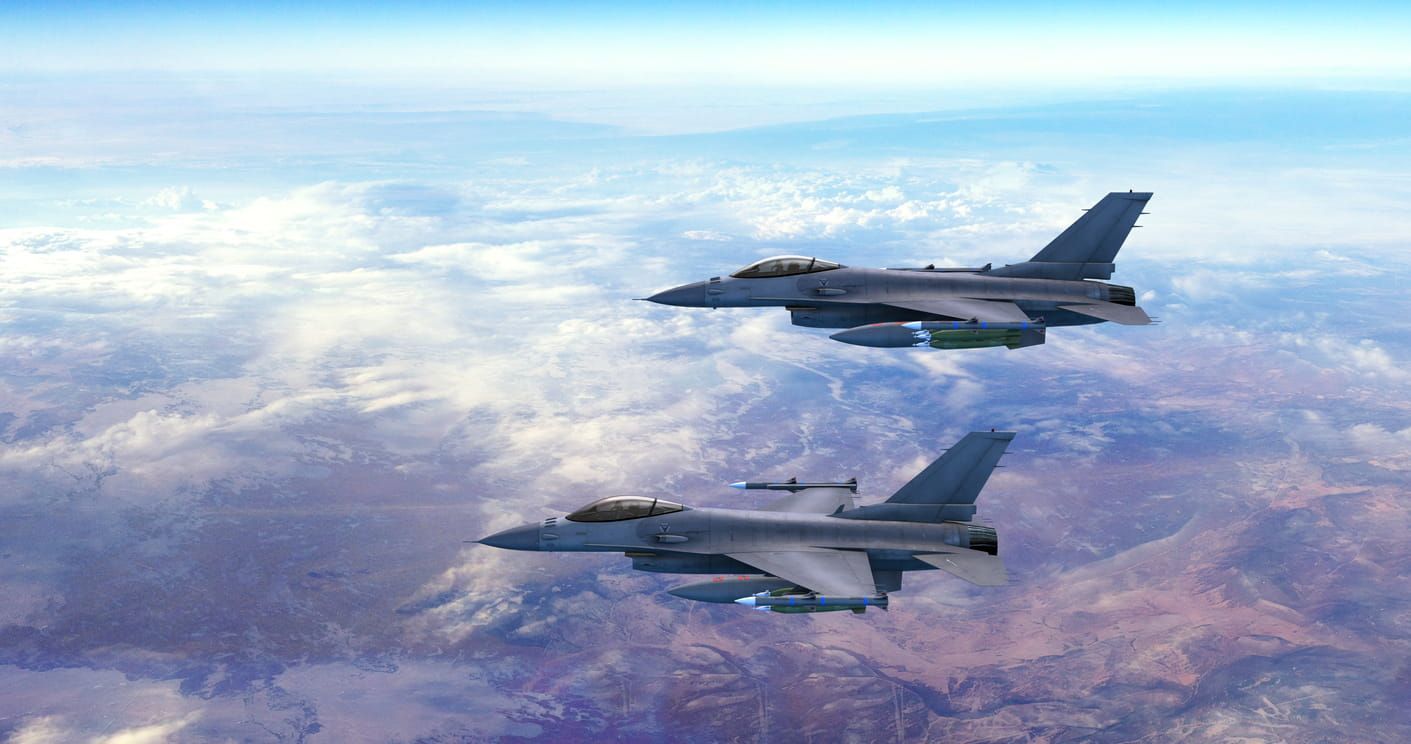
Step into the exhilarating world of aerial combat, where the sky is the ultimate battleground and technology is constantly pushing the envelope. The future of aerial combat is an adrenaline-fueled fusion of cutting-edge innovations, strategic prowess, and skillful aerial combat maneuvers.
Aerial warfare promises a thrilling mix of advanced technologies, evolving tactics, and daring feats of human ingenuity. From the earliest dogfights in rickety biplanes to the high-stakes battles waged by stealthy 5th-generation fighters, the future of air warfare is constantly being redefined by the relentless march of progress.
Strap in and prepare for a breathtaking journey as we dive headfirst into the astonishing possibilities that lie ahead in the future of aerial combat.
Different generations of fighter planes
Jet fighters have come a long way since their inception, evolving through five generations with each bringing significant improvements in design, avionics, and weapon systems. Let's take a quick look at each generation:
- First Generation (mid-1940s to mid-1950s): These early jet fighters, like the F-86 and MiG-15, had basic avionics, no radars, and were armed with machine guns or cannons. They operated at subsonic speeds due to the lack of afterburners in their engines.
- Second Generation (mid-1950s to early 1960s): This generation introduced air-to-air radar, infrared and semi-active guided missiles, and radar warning receivers into aircraft such as the F-104 and MiG-21. These fighters could reach and maintain supersonic speeds in level flight.
- Third Generation (early 1960s to 1970): With improved maneuverability and enhancements to avionics and weapon systems, this generation introduced multi-role fighters like the F-4 and Mirage III. These aircraft allowed for beyond-visual-range engagements.
- Fourth Generation (1970 to late 1980s): Advancements continued with the development of 'fly by wire' fighters like the F/A-18 and F-16. These aircraft could switch between air-to-air and air-to-ground roles, blurring the distinction between mission types.
- 4.5 Generation (late 1980s and into the 1990s): Due to budget constraints, some existing fighters were upgraded with stealth technology, radar absorbent materials, and advanced radar systems. New platforms like the Eurofighter Typhoon and Dassault Rafale also emerged with these advanced characteristics.
- Fifth Generation (2005 to present): The F-22 Raptor marked the beginning of this generation, followed by designs like the F-35 Joint Strike Fighter. These aircraft feature stealth technologies, improved situational awareness, and advanced software, enabling them to maintain decision superiority over adversaries and ensure battlespace dominance.
How fighter planes are developing and evolving
The constant push for progress in fighter aviation drives the pursuit of enhanced speed, performance, survivability, and pilot command.
Numerous countries are investing in the development of next-generation fighter jets, including the following programs:
- United States with the Next Generation Air Dominance (NGAD) program
- Germany's Future Combat Air System (FCAS) program
- The United Kingdom's identically named Future Combat Air System
- Various projects from China, Italy, Spain, Sweden, India, Taiwan, Japan, and France
Innovations that may be incorporated into these cutting-edge fighter jets include the integration of unmanned technologies and remote control systems to boost overall performance.
One thing is certain: the world's most formidable and swiftest jet has yet to make its debut!
Empty heading
What is modern aerial combat like?
Modern aerial combat is quite different from what it used to be. These days, it's all about high-tech gadgets, advanced avionics, and precision-guided munitions. When combined with skillful aerial combat maneuvers, the modern jet fighter provides its pilot with an arsenal of capabilities that can be used to defeat adversaries.
Here are some of the main technological advances in modern aerial warfare:
- Sophistication to defeat radar: Advanced stealth technology and electronic countermeasures are employed to evade or confuse enemy radar systems, making it difficult for adversaries to detect and target aircraft in aerial combat.
- Maneuverability and speed: High-speed and agile aircraft can outmaneuver opponents and evade threats, giving pilots the edge in dogfights and allowing them to quickly engage or disengage from combat situations.
- Unmanned aerial vehicles/drones: UAVs or drones can perform reconnaissance, surveillance, and strike missions without putting human pilots at risk, providing a significant tactical advantage in aerial combat scenarios.
- Artificial intelligence: AI-powered decision-making and autonomous systems enhance situational awareness, improve targeting accuracy, and enable faster response times, giving aircraft an edge in modern aerial combat.
Will future aerial combat aircraft be manned?
The future of aerial combat aircraft is still up for debate, as both manned and unmanned options have their advantages and drawbacks.
While unmanned systems like drones offer reduced risk to pilots and increased precision in dangerous missions, manned aircraft provide human intuition and decision-making that AI might not yet be able to replicate.
As technology continues to progress, we could see a mix of both manned and unmanned aircraft working together to tackle different aspects of aerial combat.
Take to the skies with Sky Combat Ace
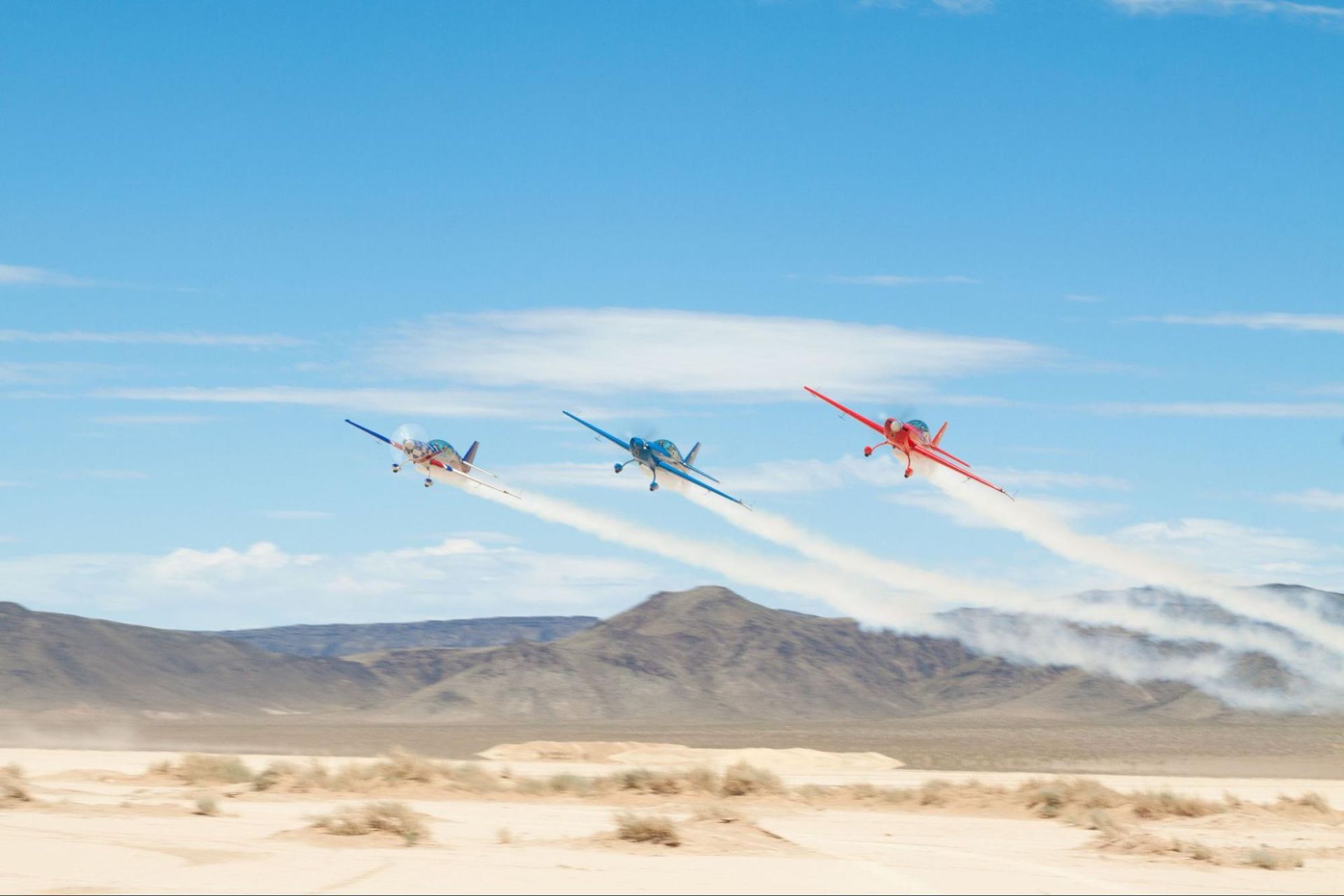
Sky Combat Ace provides people with a chance to experience the excitement of aerial combat in a safe yet high-energy environment. With expert guidance, you can take control of a plane and immerse yourself in the exhilarating world of aerial combat.
Don't miss your chance to soar through the skies and live out your fighter pilot dreams with Sky Combat Ace.
The Afterburner
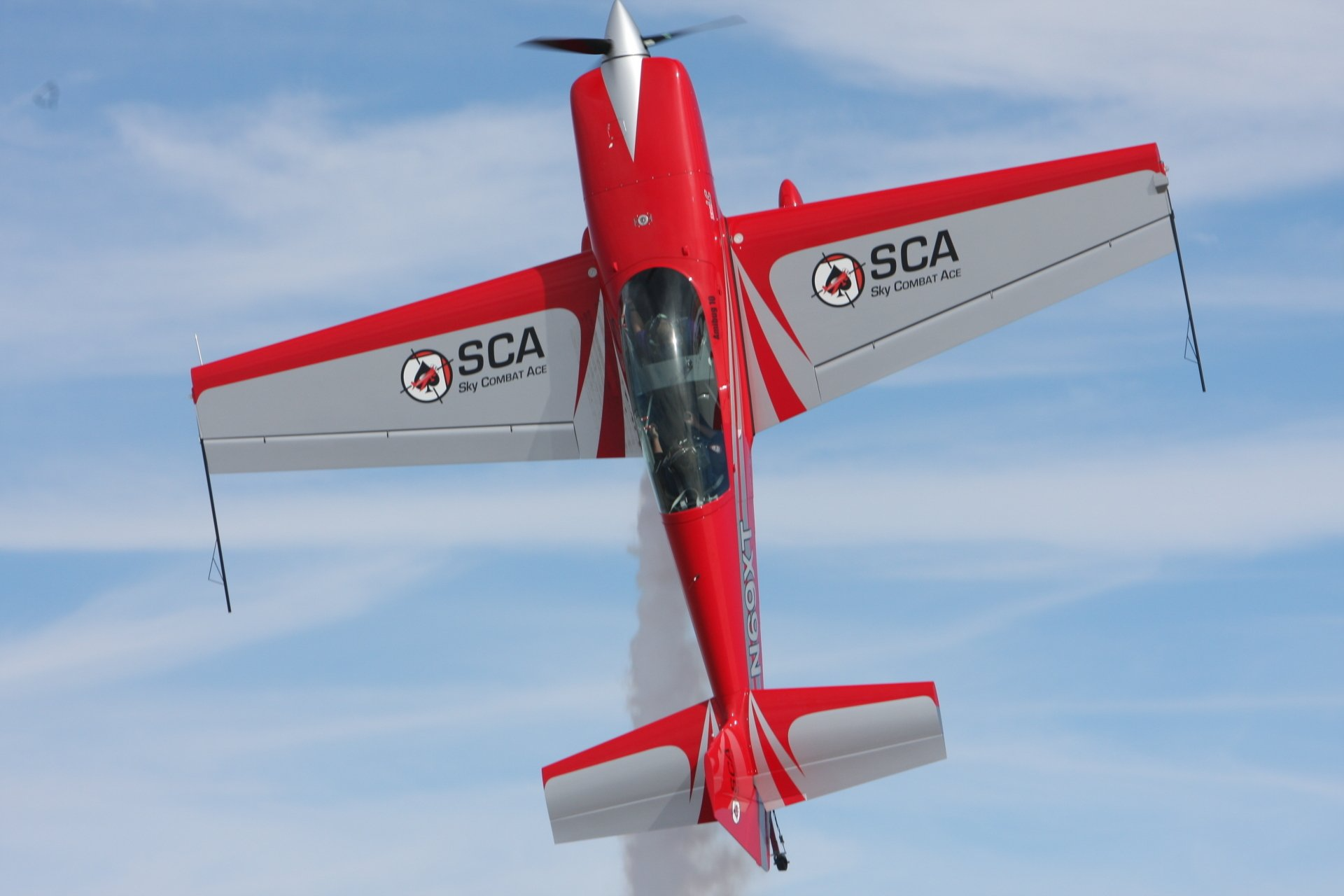
YOU GET TO FLY THE MANEUVERS
Why ride along when you can fly your own airshow routine…? Featuring both basic and advanced aerobatics, you take the controls and become your very own airshow pilot.
Sky Combat
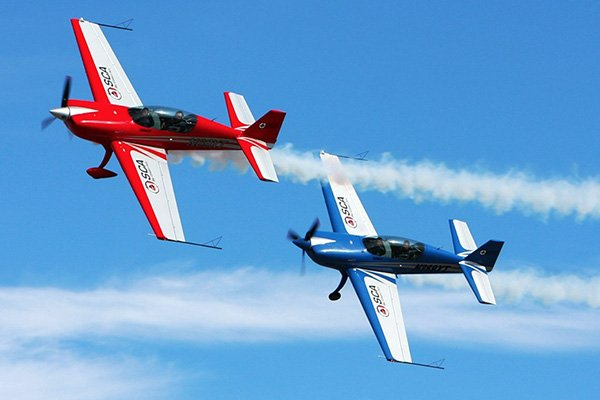
LASER TAG IN THE SKY!
Experience the thrill of air-to-air combat as you wage a battle for aerial dominance where there can be only one victor. YOU fly the plane with a trained SCA fighter pilot.
Top Gun
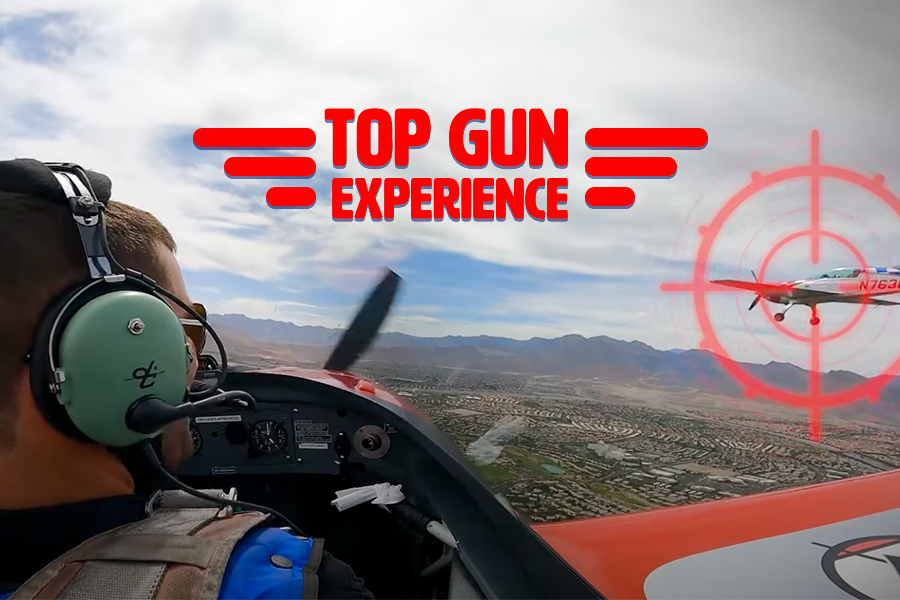
FLY LIKE A TOP GUN PILOT!
If you want to experience the most amazing, butt kicking, extreme adventure of a lifetime, then look no further than our Top Gun package!
Operation Recon
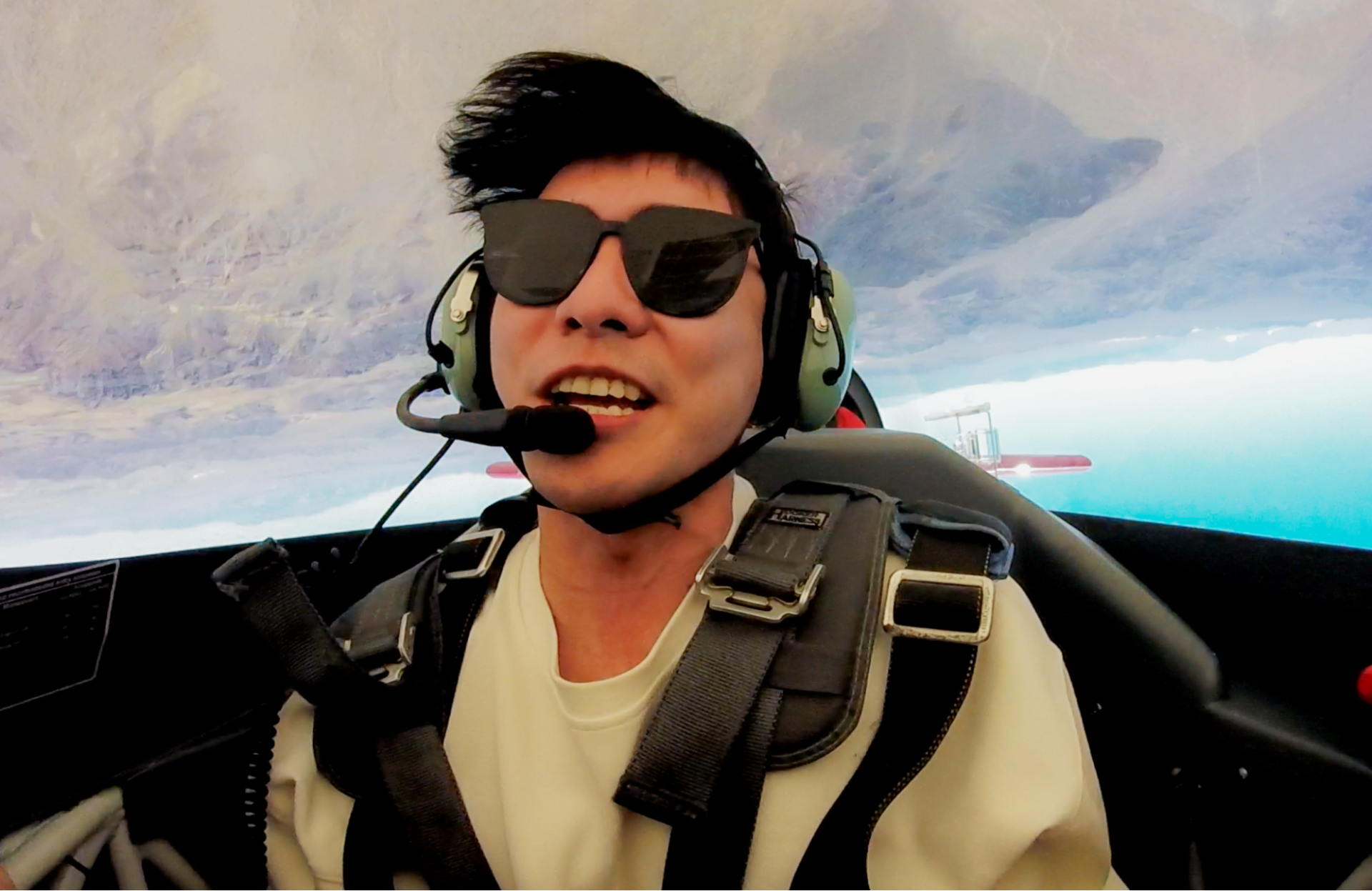
WE FLY THE MANEUVERS
Appropriate for the whole family, this is a great way to be introduced to the world of basic aerobatics. Think of it as a roller coaster without the rails.
Fly A Real Stunt Plane!
Sky Combat Ace was created by a U.S. Air Force veteran fighter pilot who wanted to make the thrill of flying fighter jets available to anyone who feels the need for speed.
Learn to fly a stunt plane under the supervision of our highly trained, FAA certified flight instructors. No experience necessary and YOU get to fly the plane!
OPERATIONAL AUTHORITY
All SCA flights are instructional in nature conducted by certified flight instructors in accordance with federal aviation regulations under 14 CFR Part 61 of the United States Code. Instruction will be provided during ground and flight portions for all flights.



